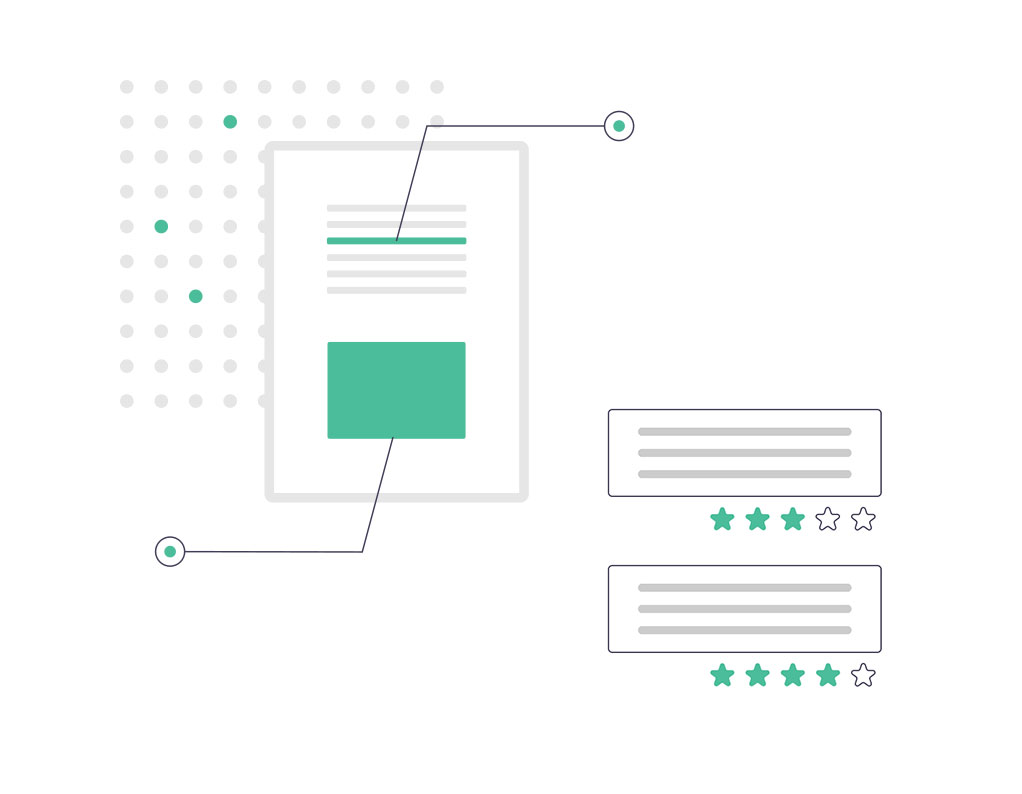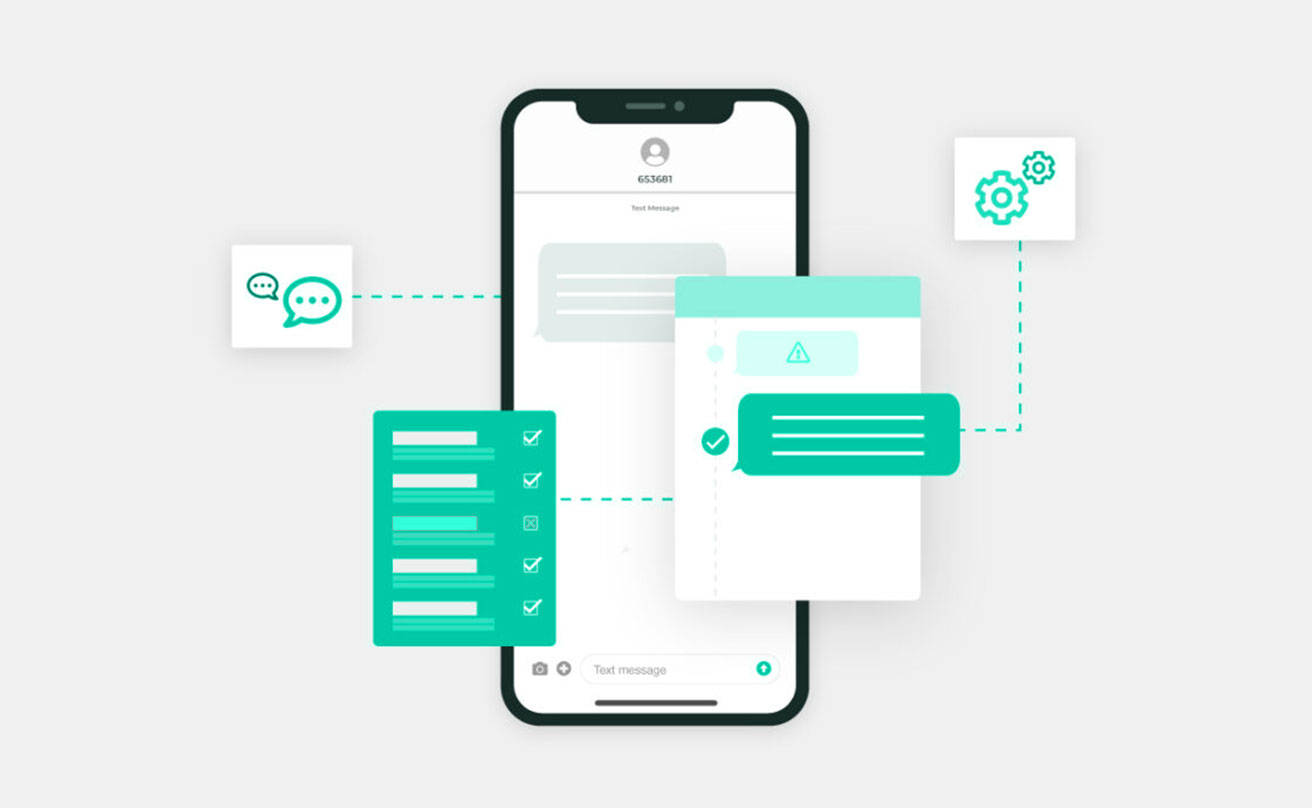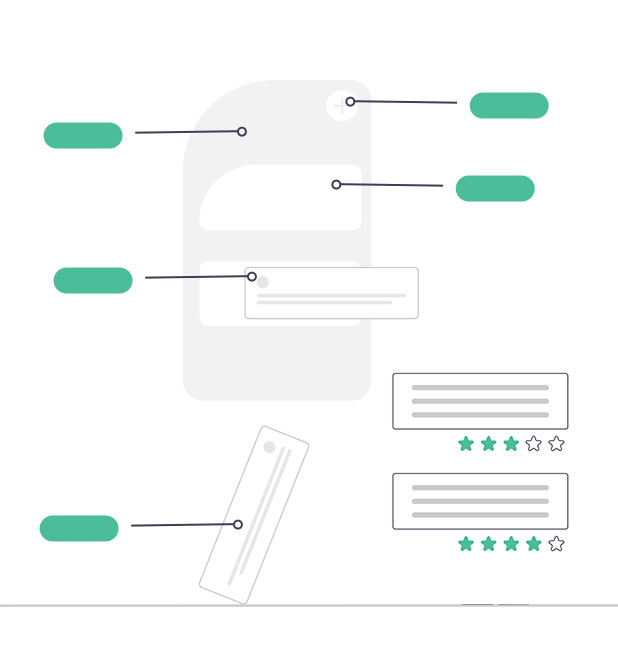SMS API: Send programmable text messages globallyy
Achieve the highest delivery rates anywhere in the world on a single interface and enjoy all the benefits of a reliable industry-leading platform. Let’s Get Started
Metrics that Matter in Conversations
In the realm of customer engagement, data is the guiding light that leads businesses towards optimized interactions and continuous improvement. This section delves into the significance of data-driven engagement, exploring the metrics that matter and their role in fine-tuning customer interactions for exceptional results.
The Data Behind Conversations: Metrics for Success
The true power of data lies in its ability to reveal insights into customer interactions. Metrics, as the numerical representation of these insights, are the cornerstone of data-driven engagement. They provide a way to measure the success and effectiveness of conversations. Metrics help answer critical questions such as: Are customers satisfied? Are conversations leading to conversions? What areas need improvement?
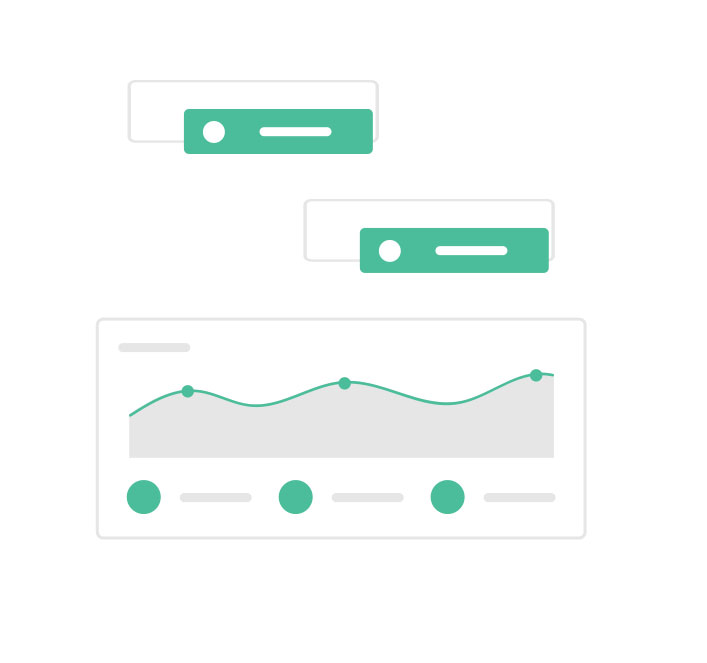
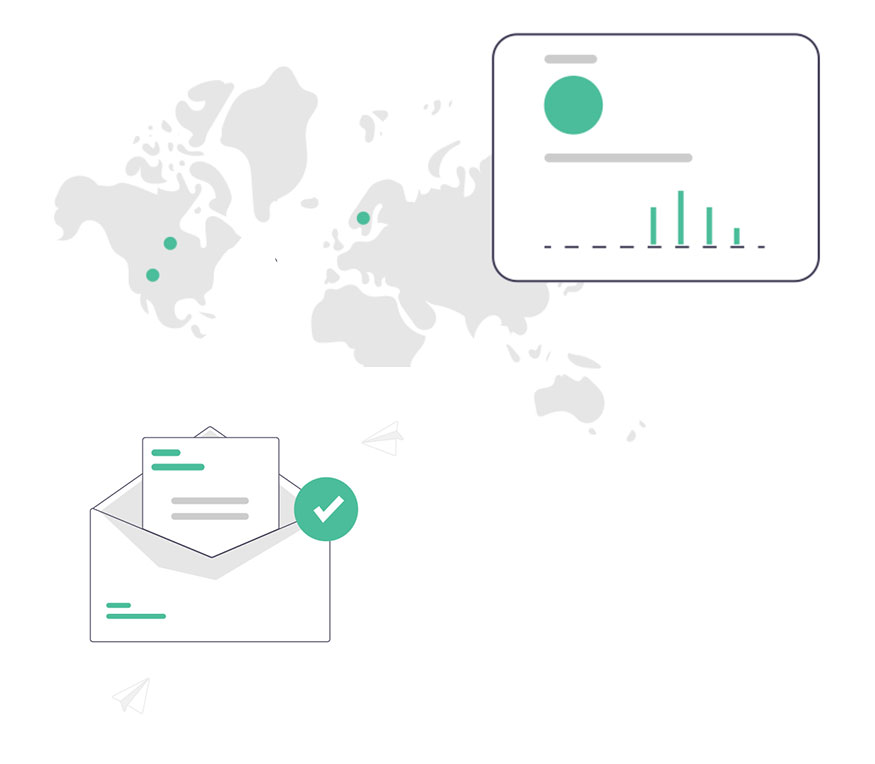
Optimizing Engagement with Data Insights
Data insights provide a wealth of information about customer behavior, preferences, and satisfaction levels. These insights are invaluable for optimizing engagement strategies. By leveraging data, businesses can identify what's working and what's not, allowing them to make informed decisions to enhance the customer experience.
Conversion Metrics: From Interaction to Action
Conversion metrics are among the most critical when it comes to measuring the impact of conversations. They reveal whether customer interactions are translating into desired actions, such as a purchase, signing up for a service, or requesting information. Conversion metrics offer a clear picture of the effectiveness of conversations in driving business objectives.

